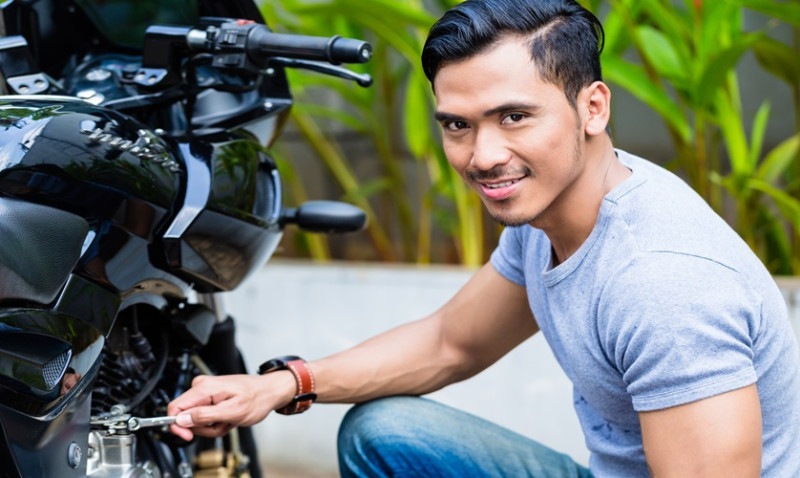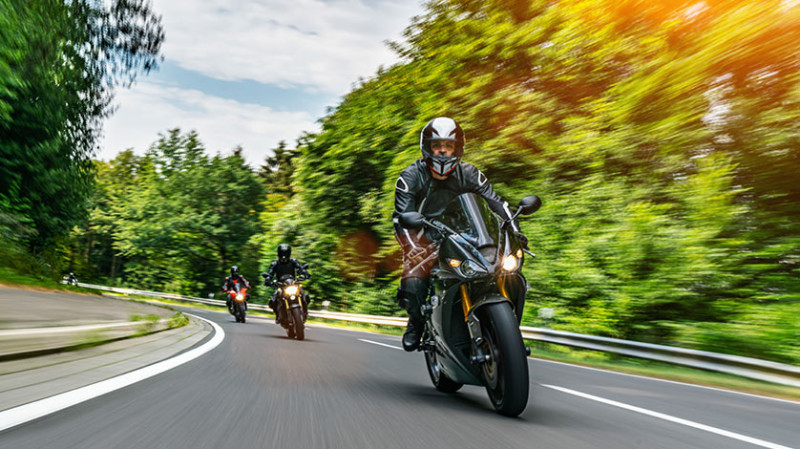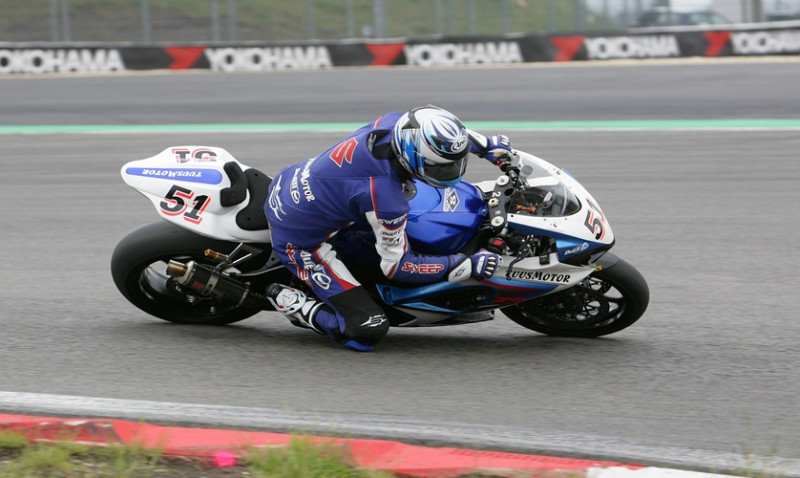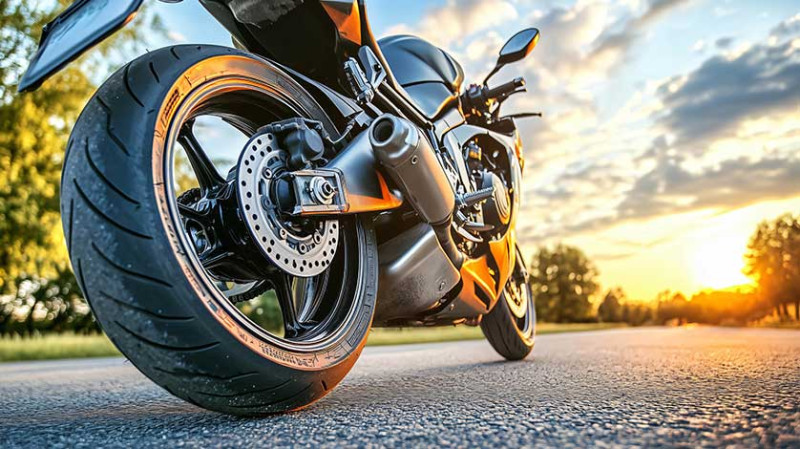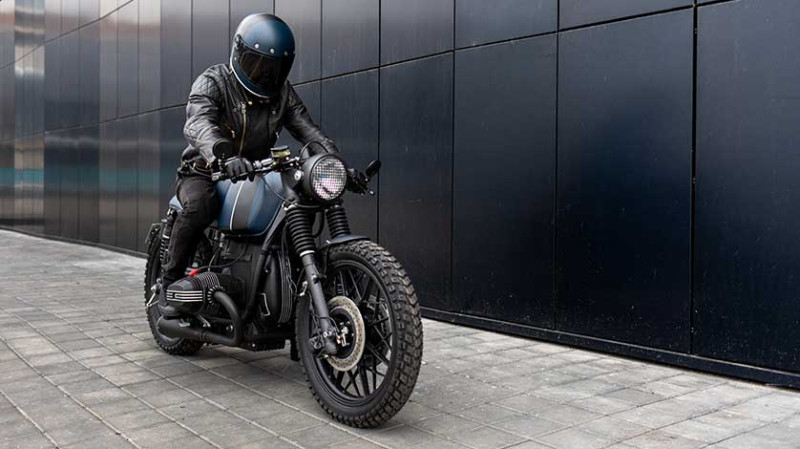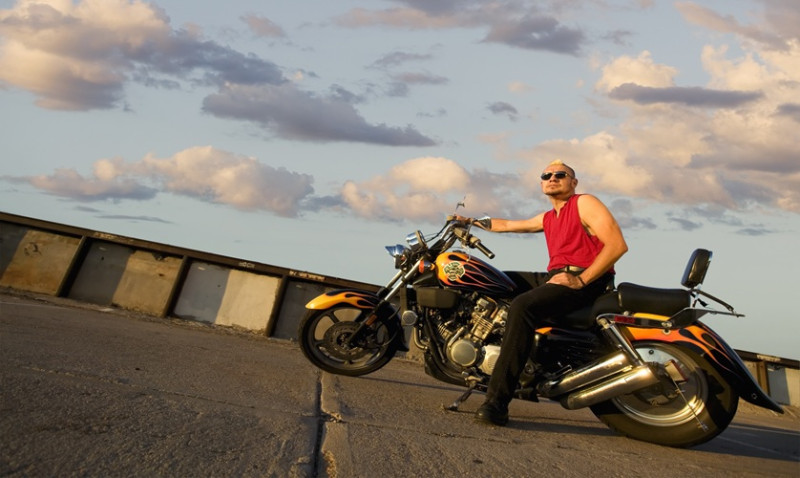
Buying your first motorcycle can be an exhilarating yet daunting experience. With so many options available, it’s essential to know what features to prioritize to ensure you make the right choice. In this comprehensive guide, we’ll explore the top five features to look for when buying a motorcycle, helping new riders navigate the exciting world of motorcycling.
1. Engine Size and Type
The engine is the heart of any motorcycle, and understanding its size and type is crucial for new riders. Here are some key points to consider:
- Engine Size: Measured in cubic centimeters (cc), engine size affects power and performance. For beginners, a smaller engine (250cc to 500cc) is often recommended for easier handling.
- Engine Type: Motorcycles typically come with two-stroke or four-stroke engines. Four-stroke engines are more common and provide better fuel efficiency and longevity.
- Power Delivery: Consider how the power is delivered. Some bikes have a linear power band, while others may have a more aggressive throttle response, which can be challenging for new riders.
2. Weight and Handling
The weight of a motorcycle significantly impacts its handling and maneuverability. Here’s what to keep in mind:
- Weight: Lighter motorcycles (under 400 lbs) are generally easier to handle, especially for new riders. Heavier bikes can be more challenging to control, particularly at low speeds.
- Center of Gravity: A lower center of gravity enhances stability and makes the bike easier to handle. Test ride different models to see how they feel when stationary and in motion.
- Suspension: Good suspension can improve handling and comfort. Look for bikes with adjustable suspension settings to tailor the ride to your preferences.
3. Comfort and Ergonomics
Comfort is paramount, especially for new riders who may not be accustomed to long rides. Consider the following:
- Seat Height: Ensure the seat height allows you to place both feet flat on the ground when stopped. This boosts confidence and stability.
- Riding Position: Different motorcycles offer various riding positions (upright, sport, cruiser). Choose one that feels comfortable for your body type and riding style.
- Wind Protection: Consider the bike’s windscreen and fairing. A good windscreen can reduce fatigue on longer rides by minimizing wind resistance.
4. Safety Features
Safety should always be a top priority when purchasing a motorcycle. Here are some essential safety features to look for:
- Anti-lock Braking System (ABS): ABS prevents wheel lock-up during hard braking, providing better control and stability.
- Traction Control: This feature helps prevent wheel spin during acceleration, especially in wet or slippery conditions.
- Lighting: Ensure the motorcycle has bright, effective headlights and taillights for visibility. LED lights are often brighter and more energy-efficient.
5. Maintenance and Reliability
Understanding the maintenance needs and reliability of a motorcycle can save you time and money in the long run. Consider the following:
- Brand Reputation: Research brands known for reliability and customer satisfaction. Some manufacturers have better track records than others.
- Parts Availability: Ensure that replacement parts are readily available and affordable. This is especially important for older or less common models.
- Service Intervals: Check the recommended service intervals and maintenance requirements. Some bikes require more frequent servicing than others.
Conclusion
Choosing the right motorcycle is a personal journey that requires careful consideration of various features. By focusing on engine size and type, weight and handling, comfort and ergonomics, safety features, and maintenance and reliability, new riders can make informed decisions that enhance their riding experience. Remember to test ride multiple models, seek advice from experienced riders, and prioritize your comfort and safety. Happy riding!
